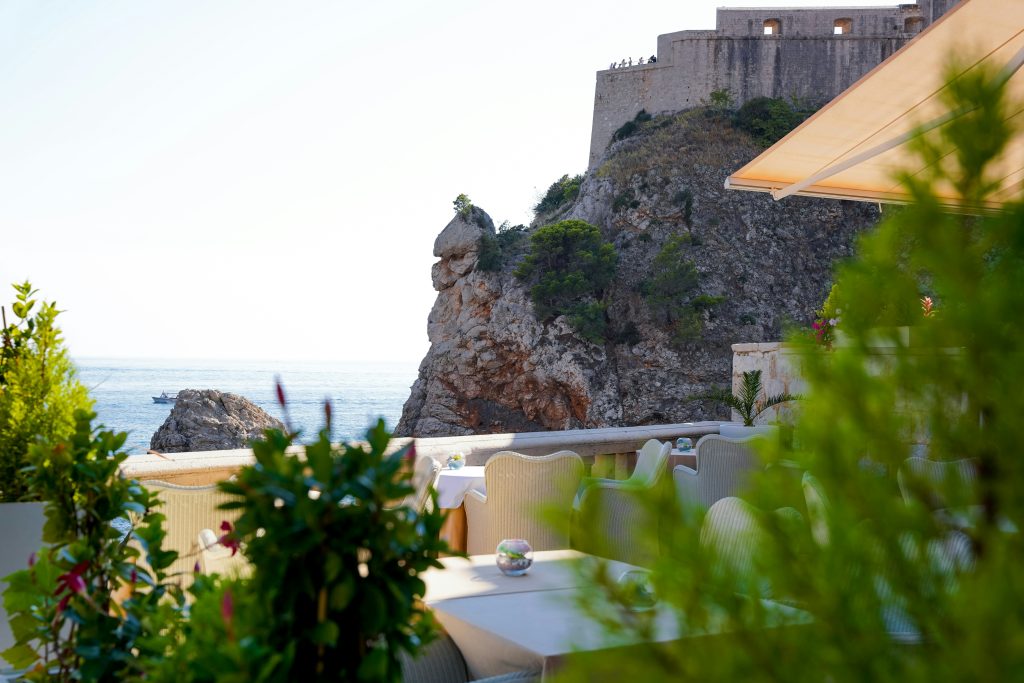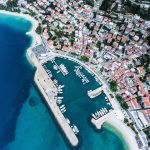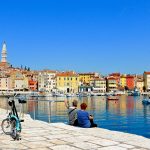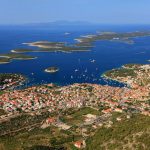August the 7th, 2024 – There have been some encouraging figures for Croatian hospitality and accommodation compared to those seen last year.
As Jadranka Dozan/Poslovni Dnevnik writes, be it owing to a very regular overturn of guests or to the extended weekend, this weekend’s tourist reports have seen increased traffic.
Over the past few weeks, we’ve repeatedly heard comments about the number of guests and consumption that suggest that the peak season isn’t very impressive. Naturally, there are usually floods of comments about prices or about the strategic determination in which direction this highly important economic branch should be developed in Croatia.
If you were to ask the government, the results so far aren’t worrisome. Tourism Minister Tonči Glavina said at last week’s session that the season should include both the pre-season and the post-season when reviewed, stressing the importance of turning to sustainable tourism instead of remaining in summer shackles.
good numbers for croatian hospitality and accommodation, but a more modest peak season?
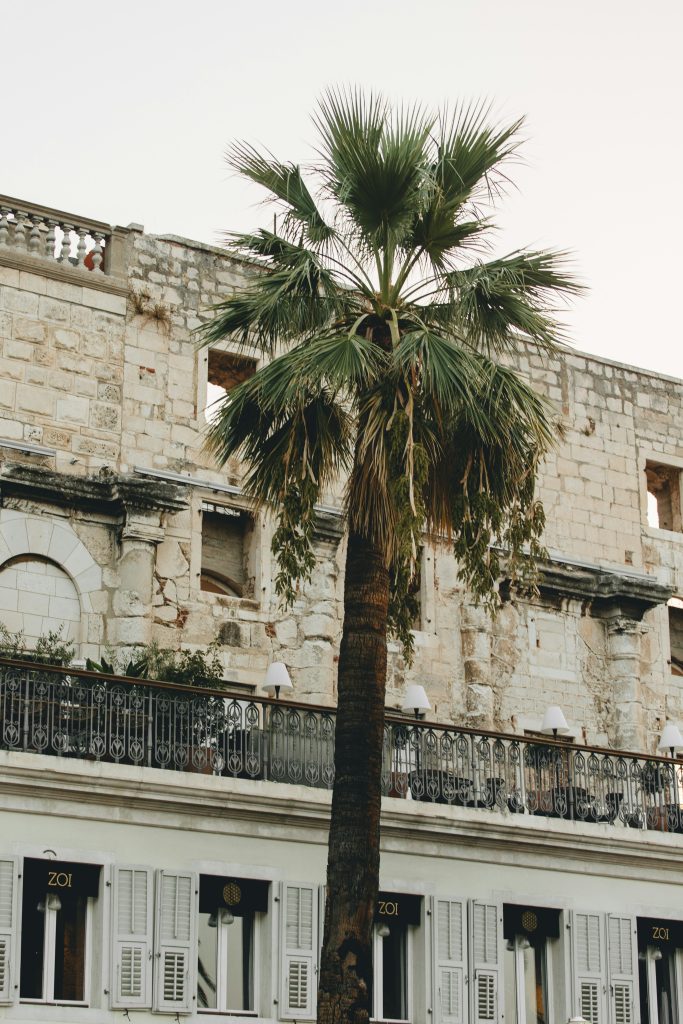
At this moment in time, a lot of evaluations are based on impressions. With that being said, there can be no doubt that this year’s season will not be equally successful in terms of results, whether we’re talking about the types of Croatian hospitality and accommodation facilities (hotels and campsites versus private renters) or certain regions.
Data from the Tax Administration on fiscalisation certainly tells us something about consumption, both in the total sense and in the sense of tourism. The latest figures say that in July, more than 5.24 billion euros of turnover was recorded. That’s ten percent more than last year, with a total of 24.6 billion euros recorded since the beginning of the year, which is almost 12 percent more than in the first seven months of 2023. Such an increase in fiscalised turnover was achieved on 3.5 percent more issued bills and receipts, which suggests that a considerable part of the approximately 2.6 billion euros of increase in turnover is the result of higher prices.
At the same time, 1.7 percent more bills were paid by cards and cash in July than in the same month last year (59.1 versus 56.5 million invoices) by businesses who provide Croatian hospitality and accommodation services. That amount exceeded 1.34 billion euros, which is 8.3 percent more turnover than back during July last year.
There has also been somewhat weaker consumption dynamics measured by fiscalised traffic than indicated by the cumulative data for this year. 4.03 billion euros in turnover was reported in the first seven months of of 2024 through the fiscal cash registers in tourism and catering/hospitality activities. That’s 14 percent more than last year, with the fact that this was achieved alongside higher number of issued bills (a 7% increase).
coastal growth for july 2024
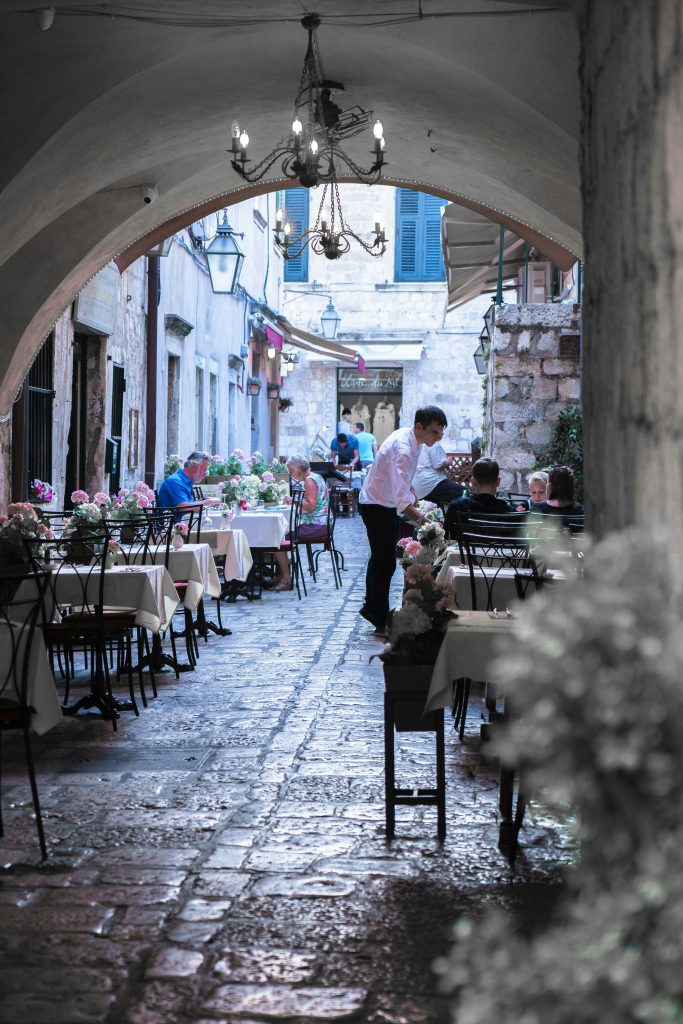
If the results for July alone are compared, the growth rates of fiscalised traffic compared to the same month in 2023 are led by the Adriatic counties. These include Šibenik-Knin County, where hospitality and accommodation service providers had bills paid in the amount of 74 million euros with cards or cash, which is 13.5 percent more than last year.
July was also above average in Zadar County, which recorded a 9 percent higher fiscalised turnover in these activities (123.7 versus 113.5 million), as well as in Split-Dalmatia County with 260.7 million euros recorded, or 8.5 percent more than in July last year. In Istria County, the leader in terms of the value of bills issued last month (334 million euros), fiscalised turnover was 5.5 percent higher than in the aforementioned reference month of 2023.
Croatian hospitality providers (including restaurant owners) in Primorje-Gorski Kotar County and much further south in Dubrovnik-Neretva County reported a 6.5 percent higher value of July turnover compared to last year. The most modest annual growth in in July was realised in Lika-Senj County – by 2.6 percent, to 33 million euros.
It’s worth mentioning that according to current physical tourism indicators, in the first half of the year, less than three percent more overnight stays were realised across Croatia as a whole. However, when it comes to tourists from Germany, who are very important for Croatian tourism, a concerning 10 percent drop in overnight stays was realised.

